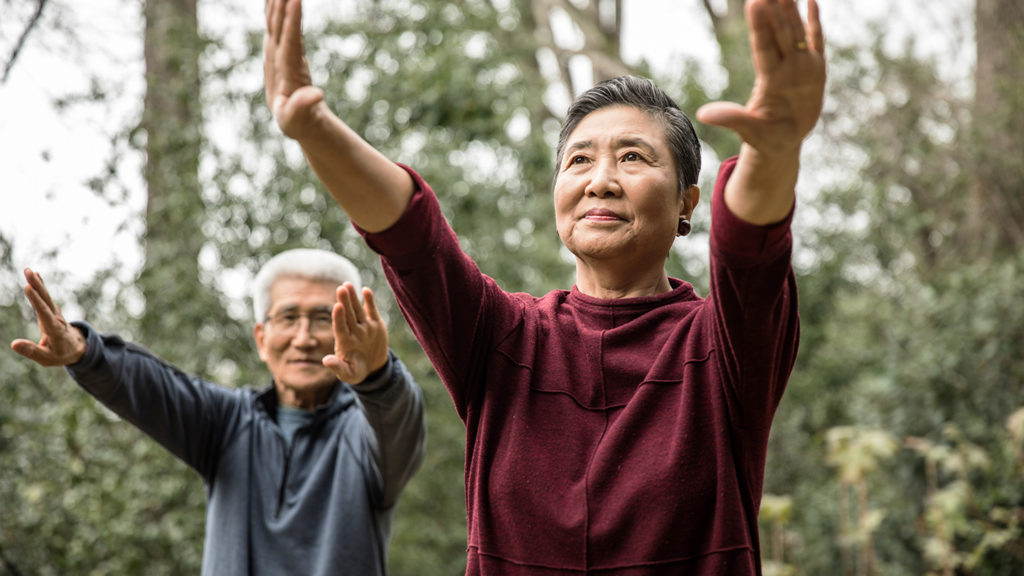
As wearable and sensors provide more and more data on physical health routines, it raises the question of how much senior care clinicians or caregivers should rely on technology to guide residents’ care management.
Thankfully, new study results show that data insights often dovetail, rather than clash with, more traditional methods, such as questionnaires or even personalized prescriptions, of diagnosing physical health. Researchers looked at how fitness trackers add or complement the work of caregivers and when problems from tech adoption may arise. Study results recently appeared in JAMA.
“These new data present many exciting opportunities to fill knowledge gaps that can inform future guidelines,” the study authors wrote. “However, clinicians may view the onslaught of new information from wearables less enthusiastically, as it can be confusing, complicating the already challenging task of effectively prescribing physical activity to patients.”
One challenge faced is how devices, which capture quantitative data, properly can interpret a popular activity for older adults, such as pickleball, which a machine would read as “short bursts of activity” as opposed to continuous exercise.
On the flipside, devices can measure smaller levels of activity, such as walking down a hallway, and allow that activity to contribute to a residents’ health picture, the report states.
Another way devices can help caregivers is by overcoming any problems or misinformation that comes from self-reporting. Study authors explained that self-reporting issues often can arise in the form of people overstating their levels of physical activity or understating how much they eat.
Although clinician-generated and device-generated recommendations sometimes may differ in magnitude, almost all existing evidence indicates that as people age, “any dose of physical activity” can be beneficial, the report stated.
In addition, device-driven studies and those derived from older questionnaires show similar declines in mortality risk for older adults: Recommended levels of physical activity lead to a lowered mortality risk level, between 20% and 60%.
Many senior living operators have embraced fitness tech. Several operators, including Blakeford’s Green Hills in Nashville, TN, have built out “smart gyms” that use data to create personalized fitness programs for residents, as the McKnight’s Tech Daily reported earlier this week.


